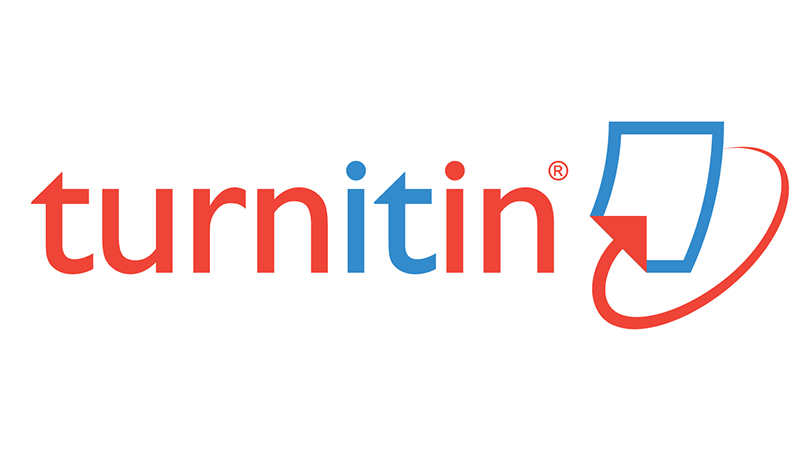IMPLEMENTING SEMANTIC MAPPING STRATEGY TO ENHANCE ELEVENTH GRADERS’ ORGANIZATION ASPECT OF THE WRITING SKILL
Abstract
Teaching English writing skill to Indonesian secondary students encounters many obstacles since English in Indonesia is a foreign language. Elaborating and organizing the ideas in pre-writing activity is one of the problems faced by students. The objective of this study was to examine how the implementation of semantic mapping strategy could enhance the eleventh graders’ writing skill, especially the organization aspect. Semantic mapping strategy was implemented in pre-writing activity since this strategy provides the visual concept of relations of the ideas. Classroom Action Research (CAR) was used as the research design in this study, and the implementation was carried out in three meetings for one cycle through the WhatsApp group. The research subjects were students of XI Science 4 class at SMA Negeri 4 Malang which consisted of 34 students. The results showed that this strategy succeeded in enhancing students’ writing scores in one cycle. The average score before the implementation was 69.9, and it became 86.8 after the implementation. Besides, the students’ organization aspect also increased significantly. In brief, this study offers a teaching strategy to overcome the problems in writing class by implementing semantic mapping strategy.
Full Text:
PDFReferences
Ahour, T., & Sakhaei, S. R. (2015). The effect of semantic mapping strategy instruction on Iranian intermediate EFL learners’ listening comprehension. Theory and Practice in Language Studies, 5(8), 1754–1761. https://doi.org/10.17507/tpls.0508.29
Bowers, E., & Keisler, L. (2011). Building academic language through content-area text. Shell Education Publishing.
Brown, H. D. (2004). Language assessment: principles and classroom practices. Longman.
Brown, H. D., & Lee, H. (2015). Teaching by principles: an interactive approach to language pedagogy (4th ed.). Pearson Education.
Fauzan, A., Jufrizal, J., & Amri, Z. (2019). The effect of semantic mapping in teaching writing skill on seventh grade students of SMPN 3 Batusangkar. Advances in Social Science, Education and Humanities Research, 301, 349–353. https://doi.org/10.2991/icla-18.2019.58
Grabe, W., & Kaplan, R. B. (2014). Theory and practice of writing: an applied linguistic perspective. Taylor & Francis.
Guzzetti, B. J. (2002). Literacy in America: an encyclopedia of history, theory, and practice (B. J. Guzzetti, D. E. Alvermann, & J. L. (eds.)). ABC-CLIO.
Jacobs, H. L. (1981). Testing ESL composition: a practical approach.
Newberry House.
Kemmis, S., & McTaggart, R. (1988). The action research planner (3rd ed.). Deakin University.
Kroma, S. K. (1988). Action research in teaching composition. English Teaching Forum, 26(1), 43–45.
Latief, M. A. (2017). Research methods on language learning: an introduction (6th ed.). UM Press.
Mah, B. Y. (2011). Semantic mapping: a visual and structured pre-writing strategy in the process of essay writing. ESTEEM Academic Journal, 7, 81–92. https://www.researchgate.net/publication/234113540
Mohammad, T., & Hazarika, Z. (2016). Difficulties of learning EFL in KSA: writing skills in context. International Journal of English Linguistics, 6(3), 105–117. https://doi.org/10.5539/ijel.v6n3p105
Nofriati, E. (2017). Improving essay writing using the semantic mapping technique. English Education Journal, 8(1), 44–54. https://jurnal.unsyiah.ac.id/EEJ/article/view/6127
Nunan, D. (1999). Second language teaching and learning. Heinle & Heinle Publishers.
Oxford, R. L. (1990). Language learning strategies: what every teacher should know. Newbury House Publisher.
Sari, N. P. (2015). Improving students’ writing skills in narrative text by using semantic mapping. Jurnal Pendidikan Edutama, 2(1), 1–13. https://doi.org/10.30734/jpe.v2i1.13
Stahl, S. A., & Vancil, S. J. (1986). Discussion is what makes semantic maps work in vocabulary instruction. The Reading Teacher, 40(1), 62–67. https://www.jstor.org/stable/20199306
Wells, J., & Reid, J. (2004). Writing anchors: explicit lessons that identify criteria, offer strategic support, and lead students to take ownership of their writing. Pembroke Publishers.
Wibowo, R., Widiati, U., & Santoso, A. (2017). Bahan ajar tematik materi puisi kelas V SD dengan pemanfaatan peta pikiran dan lingkungan sekitar. Jurnal Pendidikan: Teori, Penelitian, Dan Pengembangan, 2(6), 743–750. https://doi.org/10.17977/jptpp.v2i6.9324
Zahedi, Y., & Abdi, M. (2012). The effect of semantic mapping strategy on EFL learners ’ vocabulary learning. Procedia - Social and Behavioral Sciences, 69, 2273–2280. https://doi.org/10.1016/j.sbspro.2012.12.198
DOI: http://dx.doi.org/10.17977/um046v5i22021p63-69
Refbacks
- There are currently no refbacks.
Copyright (c) 2022 J-ELLiT (Journal of English Language, Literature, and Teaching)
Editorial and Administration Office:
This Journal is published and managed by Department of English, Faculty of Letters, Universitas Negeri Malang.
Jl. Semarang No. 5, Malang, Indonesia.
Phone. (0341) 551312.
Homepage: http://journal2.um.ac.id/index.php/jellit/index
email: jellit.journal@um.ac.id
P-ISSN: 2580-670X
E-ISSN: 2580-9687
This work is licensed under a Creative Commons Attribution 4.0 International License.
Cover designed by Rahmati P. Yaniafari









